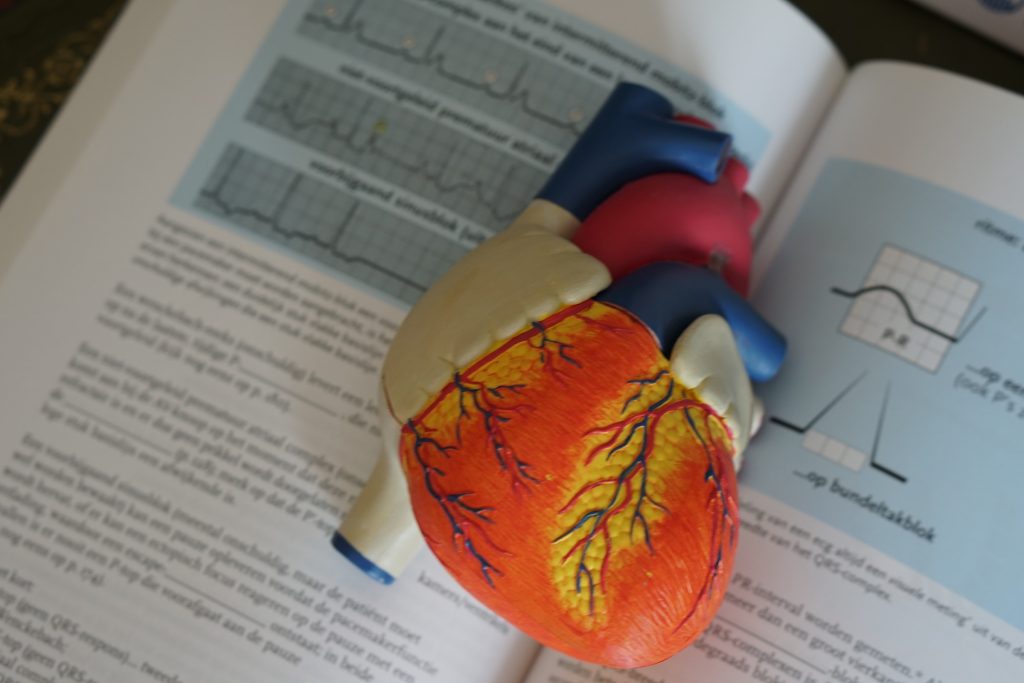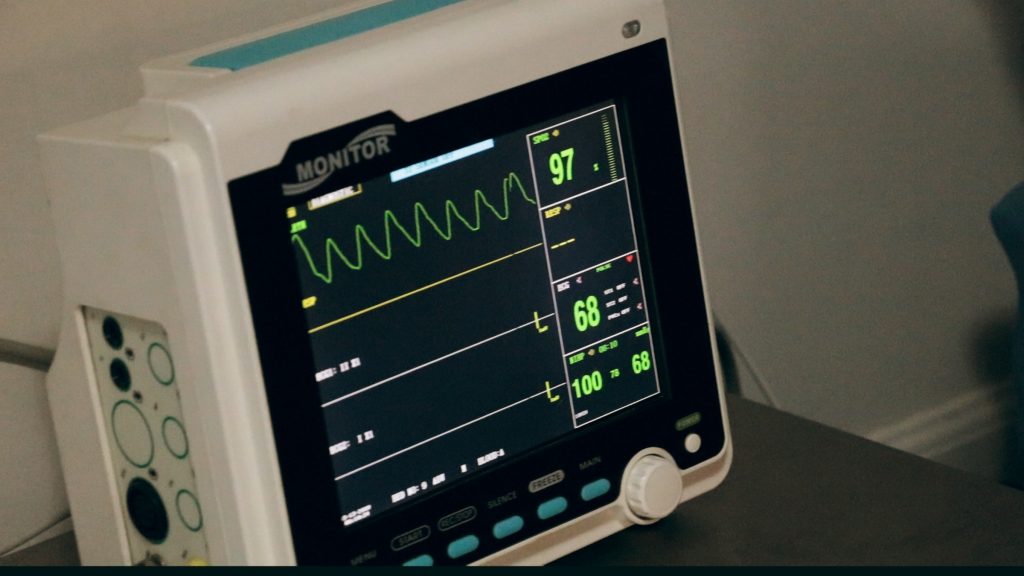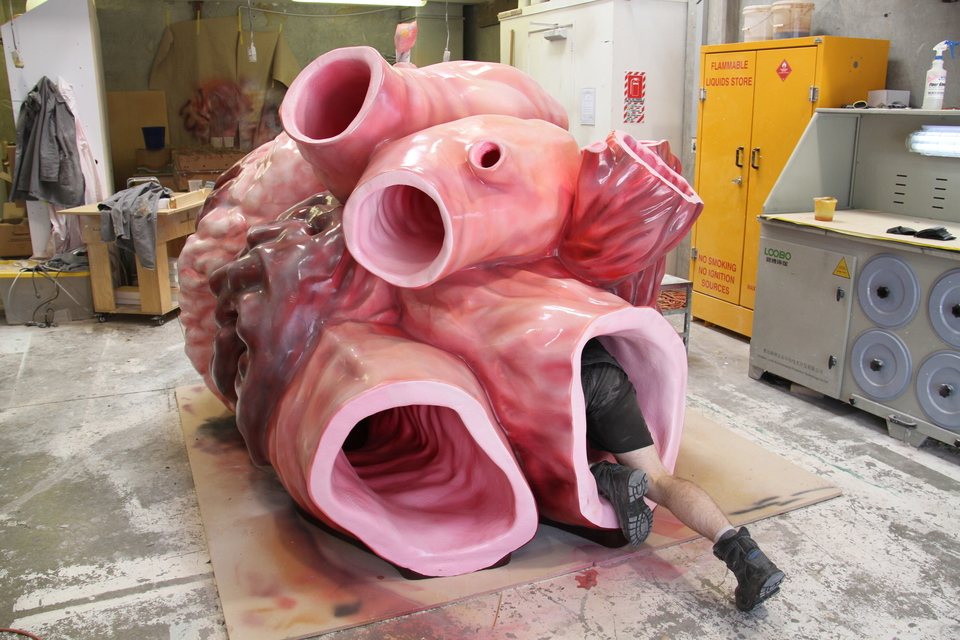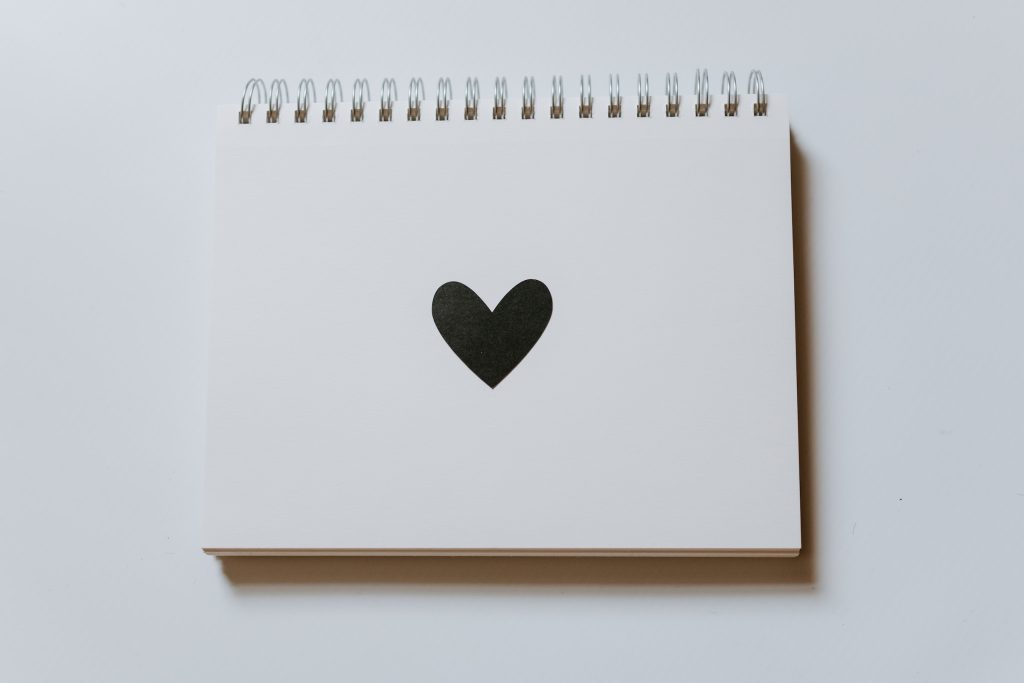The basis of a healthy life is a heart that functions well. Maintaining our general health is greatly dependent on the heart, which is the most important organ in our body. Pumping blood nonstop removes waste products like carbon dioxide from the body and supplies it with nutrients and oxygen. The heart maintains the equilibrium required for our bodies to work correctly with each beat. In addition, the heart has profound symbolic meaning in cultures, psychology, and history all around the world.

The internationally acknowledged symbol of love, bravery, and emotions in popular culture is the heart. Prominent writers and poets frequently attribute deep emotions and sentiments to the heart.
The Amazing Heart Facts
Contents
Facts about the Physical Structure and Function of the Heart
Contrary to popular belief where people believe that the heart is located on the left side of the chest, it is actually located more central and slightly left to the breastbone. The heart is a key organ that drives the circulatory system of the body despite just being the size of a fist. With that, the heart is divided into two sides, the right side and the left side which have their own upper and lower chambers. The upper chambers are referred to as the “atria” whereas the lower chambers are known as the “ventricles.”

Bringing oxygen and nutrition to the tissues and organs as well as waste products like carbon dioxide and other materials for excretion, the heart’s main job is to pump blood to every area of the body. When pumping oxygenated blood out, the heart contracts, and when drawing in deoxygenated blood, the heart expands.
In the structure of the heart, the heart is primarily composed of the cardiac muscle tissue known as myocardium in which the interior is divided by the septum, preventing oxygen-rich and oxygen-poor blood from mingling. Each of the four chambers of the heart has a corresponding valve that will open in order to allow blood to flow in one direction and close to prevent backflow.
Quirky and Interesting Heart Facts
The extraordinary strength and tenacity of the heart are frequently disregarded in the rush of daily existence. But recognising its potential can make you appreciate this important organ even more. The heart, for instance, pumps about 1.5 litres of blood each minute on average. This translates to a heart’s enormous power being used: over its typical lifespan, a heart could fill up to three supertankers!

Moreover, contrary to popular belief, the heart does not ‘stop’ when we sneeze. This widespread myth probably originated from the noticeable change in the heartbeat rhythm during a sneeze. In reality, the changing pressure in your chest caused by a sneeze merely changes your heart rhythm momentarily.
The skin is the largest organ in the human body, larger than the heart in terms of volume. But its strength exceeds its lack of size. About 60 to 100 beats per minute, or 86,000 to 144,000 beats per day, are produced by a healthy human heart.
Fun Facts about Heart Health and Care
Preventing heart disease, the world’s biggest cause of death requires an understanding of heart health. It’s noteworthy to note that laughter can work as a form of medicine when it comes to heart health. A nice, hearty chuckle can increase your blood flow by 20%. This is due to the fact that laughter causes your blood vessels to dilate and boost blood flow.

Another fun fact about heart health draws from ancient wisdom. Garlic, used in several world cuisines, is known to have numerous health benefits, including a positive impact on heart health. Eating garlic regularly can help lower cholesterol levels and blood pressure, thereby reducing heart disease risk.
Furthermore, heart disease can start in childhood according to the American Heart Association. Feeding children a high-cholesterol diet can cause fatty plaque to build up in the arteries over time and this will lead to heart disease. With that, feeding children a balanced diet and letting them have an active lifestyle can set the foundation for a healthy heart.
The Heart in Culture and Literature
Undoubtedly, one of the most well-acknowledged emblems is the heart. It is fundamentally thought to be the location of the soul’s seat as well as the source of bravery and emotion. Saying, “I put my heart into it,” conveys a total commitment, both mentally and physically.

In literature, authors often use the heart to metaphorically represent a character’s moral compass or emotional state. It’s not uncommon to find phrases such as ‘broken-hearted,’ ‘the heart of the matter,’ and ‘a change of heart’ in literature, portraying our deep connection between the heart and our emotions.
Moreover, the heart symbol – two upper rounded lobes connected to a point at the bottom – has been around for centuries, often utilized in jewellery, clothing, and emblems. Despite not being anatomically correct, this symbol is universally recognized as the depiction of a heart, symbolizing love and affection.
Astonishing Medical Facts about the Heart
The field of medicine has advanced significantly in its knowledge of and ability to treat cardiac disorders. The development of pacemakers, for example, has greatly aided in the treatment of irregular cardiac rhythms. Fun fact: the early pacemakers were so big that they needed to be wheeled around on a cart, but modern technology has made them small enough to fit in your pocket.

The first human heart transplant, a pioneering and ground-breaking medical achievement, was carried out by Dr. Christiaan Barnard in South Africa in 1967. The recipient, Louis Washkansky, lived for 18 days post-surgery, paving the way for a medical procedure that has since saved numerous lives worldwide.
In recent years, scientists have begun trials for ‘Heart in a Box,’ a device that keeps donor hearts ‘alive’ outside the body by supplying them with blood and nutrients. This innovative technology could extend the time a heart remains viable for transplantation.
The Animal Kingdom and Their Unique Hearts
The animal kingdom is full of surprises, especially when it comes to the heart. For instance, the heart of a shrimp is located in its head. Quite contrary to humans – this heart positioning showcases the diversity of life, even when it comes to crucial organ placement.

Hummingbirds provide yet another surprise connected to the heart. Their pulse rate, which can vary from 500 to 1,200 beats per minute, is the highest of any known living organism. This explains their brisk motions and continual need for food in the form of tiny insects and nectar.
On the opposite side of the animal kingdom, the blue whale has the biggest heart in the world which is about the size of a compact vehicle and weighs about 175 kilograms! Due to the immense size of the arteries, a human would be able to swim through it and the blue whale’s heart only beats 5-6 times per minute.
The incredible resistance of our own hearts showcased through these facts gives a huge perspective of how important this organ is in our daily lives. At the same time, the heart is capable of amazing and surprising functions that will catch us off guard. Within the busy daily lives that we go through day to day, it is important to give thanks to the very organ that keeps us going.

